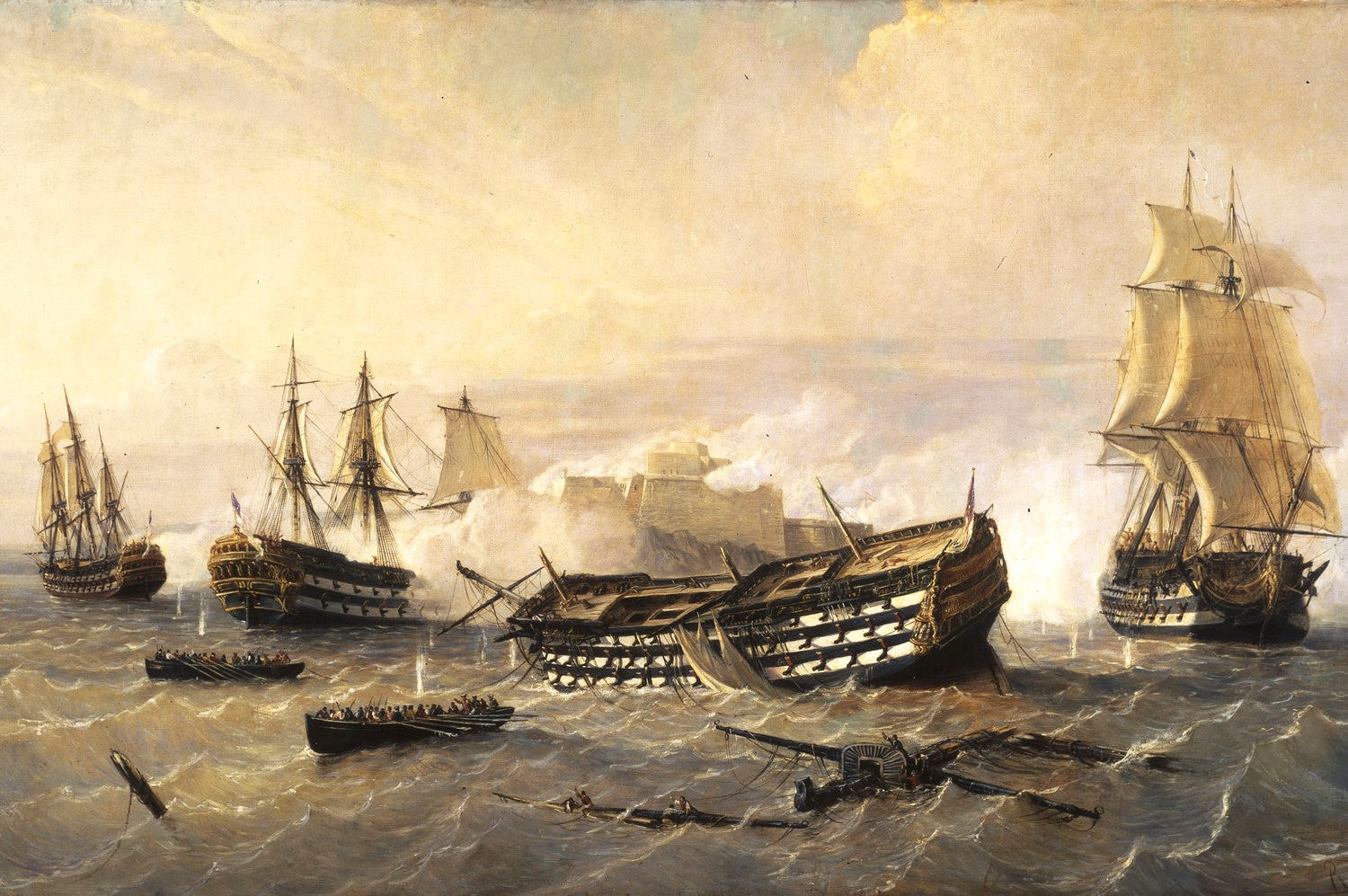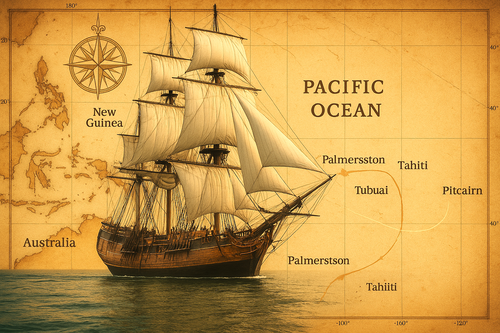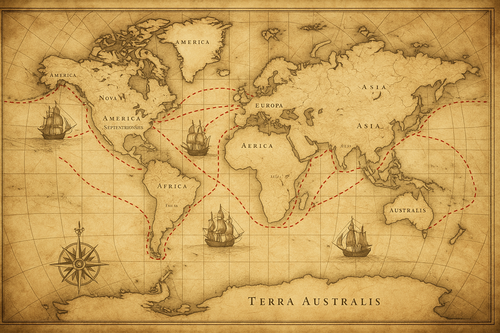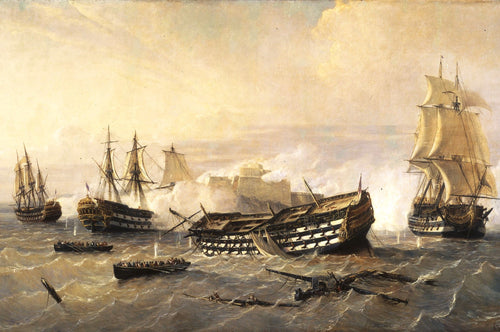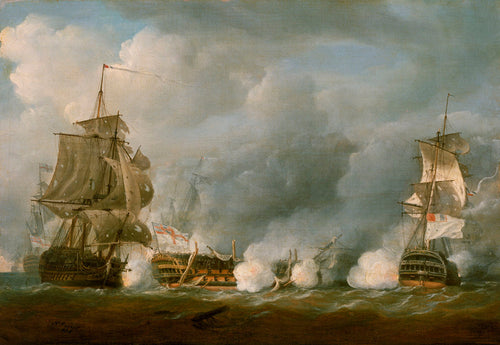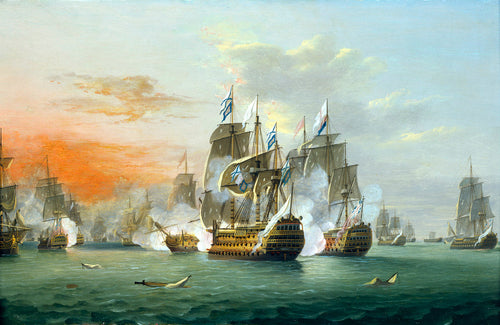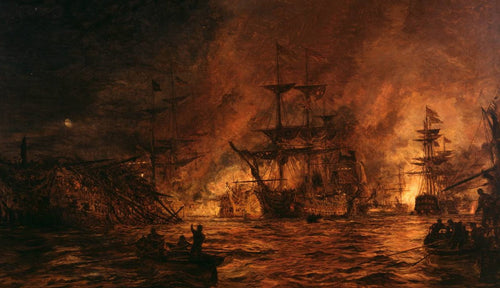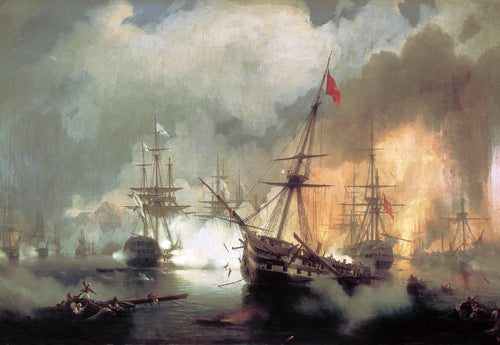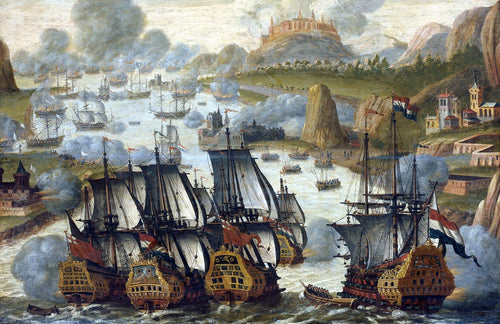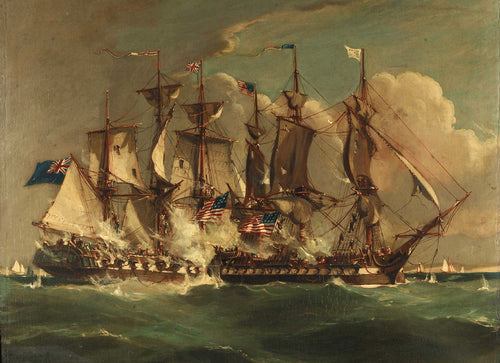In the annals of Caribbean history, certain events stand out as defining moments that shaped the destiny of nations and altered the course of colonial dominance. One such pivotal event was the Bombardment of the Morro Castle in Havana in 1762. This audacious assault, led by the British Navy during the Seven Years' War, marked a turning point in the struggle for supremacy in the Caribbean and left an indelible mark on the region's colonial landscape.
Historical Context: The mid-18th century witnessed intense rivalries between European powers vying for control over the lucrative trade routes and colonies in the Caribbean. At the time, Havana, the capital of Spanish Cuba, was a strategic stronghold that guarded the entrance to the Gulf of Mexico and served as a vital hub for Spanish trade and military operations. Recognizing its significance, the British sought to assert their dominance in the region by capturing Havana.

The Siege and Bombardment: In June 1762, a formidable British fleet, comprising over 50 ships, arrived off the coast of Havana. Commanded by Admiral George Pocock and General George Keppel, the British forces launched a massive assault on the Morro Castle, a formidable fortress guarding the entrance to Havana's harbor. The Morro Castle, along with the nearby fortresses of La Punta and La Cabaña, posed a formidable challenge to the British invaders.
For over two months, the British besieged the Morro Castle, subjecting it to a relentless barrage of cannon fire. The Spanish defenders, led by Governor Juan de Prado, fought valiantly to repel the invaders, but they were outnumbered and outgunned. The sheer force and determination of the British onslaught proved overwhelming, leading to the eventual capitulation of the fortress.
 (Bombardment of the Morro Castle, Havana by Richard Paton) - Buy Print
(Bombardment of the Morro Castle, Havana by Richard Paton) - Buy Print
Consequences and Legacy: The capture of the Morro Castle dealt a severe blow to Spanish control over Cuba and the wider Caribbean. With the fall of Havana, the British gained control of the city and its strategic harbor, giving them a crucial foothold in the region. The Spanish loss marked a significant setback for their colonial empire and demonstrated the vulnerability of their defenses.
The aftermath of the bombardment saw a transformation in the political landscape of the Caribbean. The Treaty of Paris in 1763, which concluded the Seven Years' War, forced Spain to cede Florida to the British in exchange for Havana's return. This territorial exchange further solidified British influence in the region and marked a shift in the balance of power.
Additionally, the Bombardment of the Morro Castle left a lasting impact on military tactics and fortification strategies. The successful use of naval firepower against a well-fortified stronghold showcased the effectiveness of advanced artillery techniques, influencing subsequent siege warfare across the globe.
Conclusion: The Bombardment of the Morro Castle in Havana in 1762 was a watershed moment in Caribbean history. The audacious assault by the British Navy, resulting in the fall of the fortress, not only shifted the balance of power in the region but also served as a turning point in military tactics and strategies. The consequences of this event reverberated far beyond the shores of Havana, leaving an indelible mark on the colonial landscape of the Caribbean and shaping the destiny of nations for years to come.
